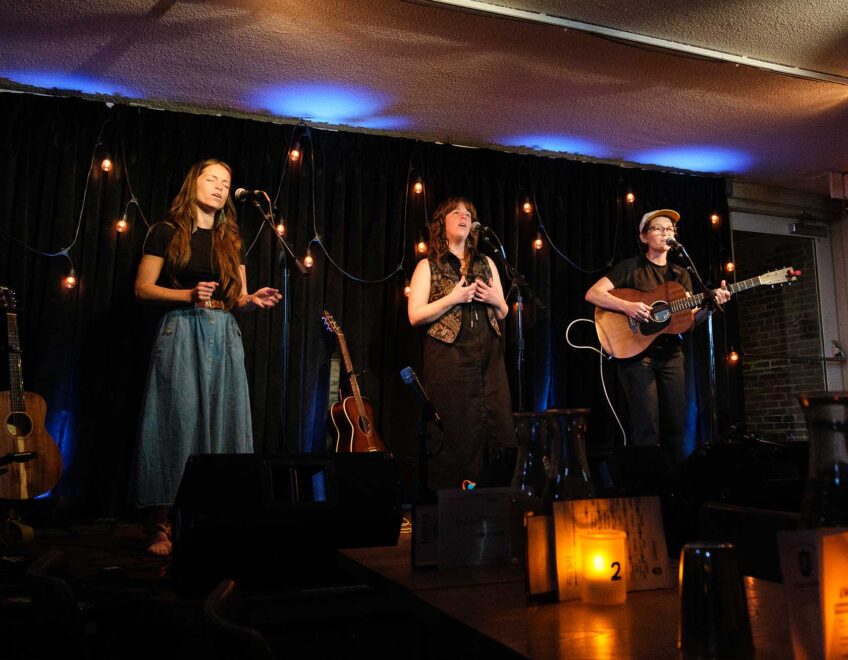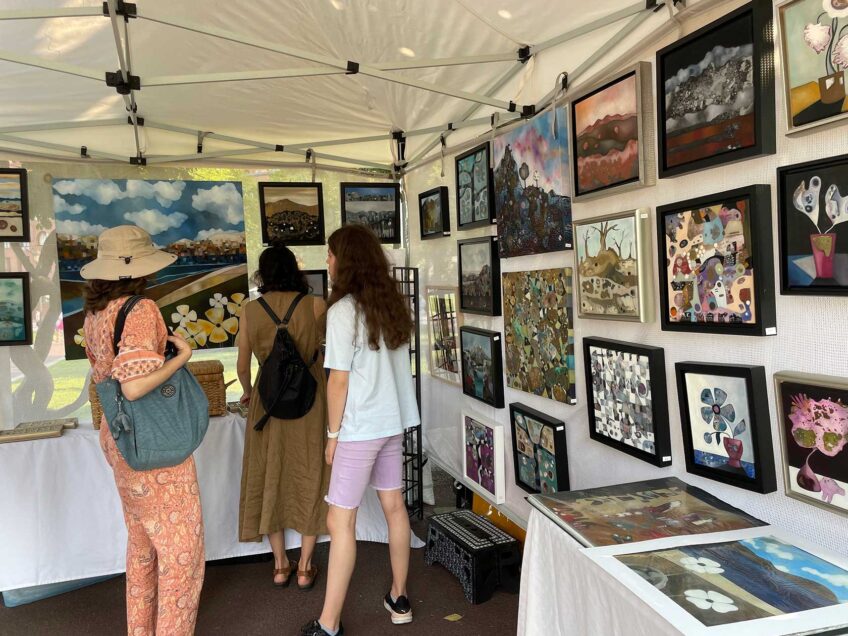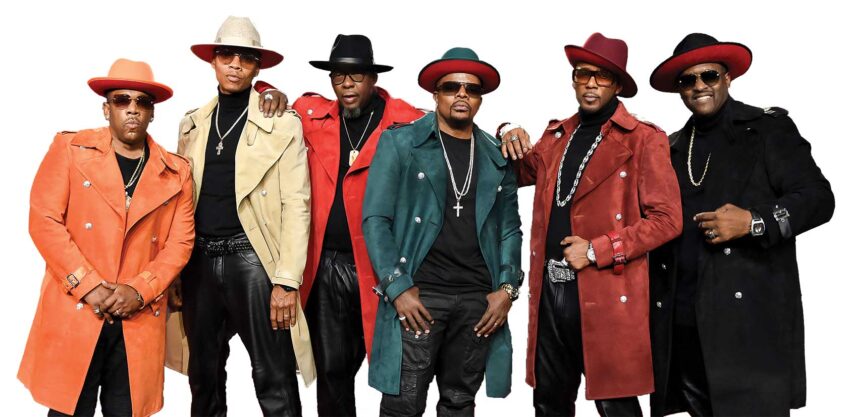
Bus shelters around Grove Hall have been transformed into bold and accessible art installations as part of an exhibition of work by nine local photographers. The Greater Grove Hall Main Streets (GGHMS) organization and the “WHERE ARE ALL THE BLACK PEOPLE AT” (WAATBPA) movement collaborated to launch the exhibit, showcasing 29 photographs in 13 different locations throughout Dorchester and Roxbury. The exhibition runs through April 2.
Archy LaSalle, founder of WAATBPA, organized the bus shelter exhibition with Ed Gaskin of GGHMS. “I feel Black and brown artists have been really slighted when it comes to the permanent collections of all of our art institutions,” says LaSalle. “With this project, I say we brought the museum to the streets. We brought all these artists that should be in the museum.”

Greater Grove Hall Main Streets and WHERE ARE ALL THE BLACK PEOPLE AT have collaborated to launch an exhibit of local photographers at Grove Hall bus shelters. IMAGE: COURTESY OF WHERE ARE ALL THE BLACK PEOPLE AT
It was important to LaSalle to represent a diverse group of ages, backgrounds and photographic styles in the project. The exhibition includes work by George Annan Jr., Craig Bailey, Jaypix Belmer, Arni Cheatham, Jules Cleophat, Morocco Flowers, Lou Jones, Harry Scales and Archy LaSalle. The content of the photographs ranges from architectural and nature shots to portraits and sports photography. Some were shot right here in Boston, while others reflect global cultures and traditions.
LaSalle expresses hope that the wide spectrum of images will also dispel the myth that all Black artists work in a similar subject matter, or that all work by Black artists deals with race. “I always say there’s no such thing as Black art, there’s Black people making art,” he says. LaSalle hopes to use the bus shelter exhibition format for a citywide exhibition in the future, possibly one dealing with photographs of families.
As a Boston native, Jules Cleophat loves to explore the hidden corners of the city. He has created a whole series exploring MBTA tunnels, operational and otherwise. Now his work is displayed on MBTA property, bringing his creative journey full circle. Cleophat grew up in the Grove Hall neighborhood and still has relatives there, making the location of the exhibition especially meaningful.
Bringing fine-art photography into the everyday landscape of Boston makes art accessible to the public, both logistically and contextually. It also can transform the ordinary act of waiting for a bus into a profound interaction with a piece of art by a local artist.
“I want people to take a second and enjoy what’s around them, because life is always, constantly, moving quick,” says Cleophat. “Taking photos of moments that people typically don’t see forces them to kind of slow down and think about things from a different perspective.”







